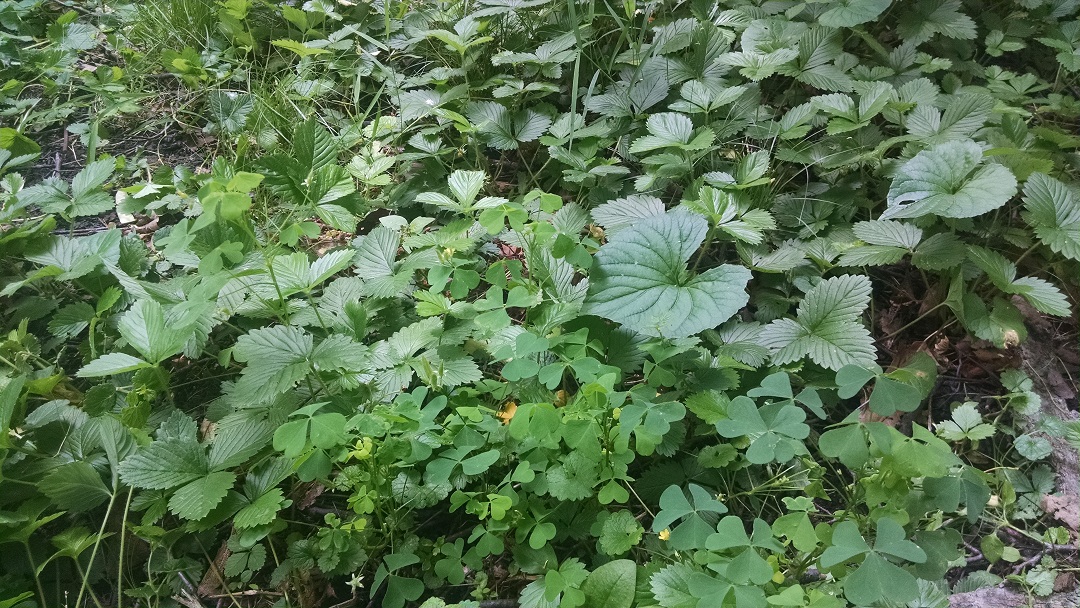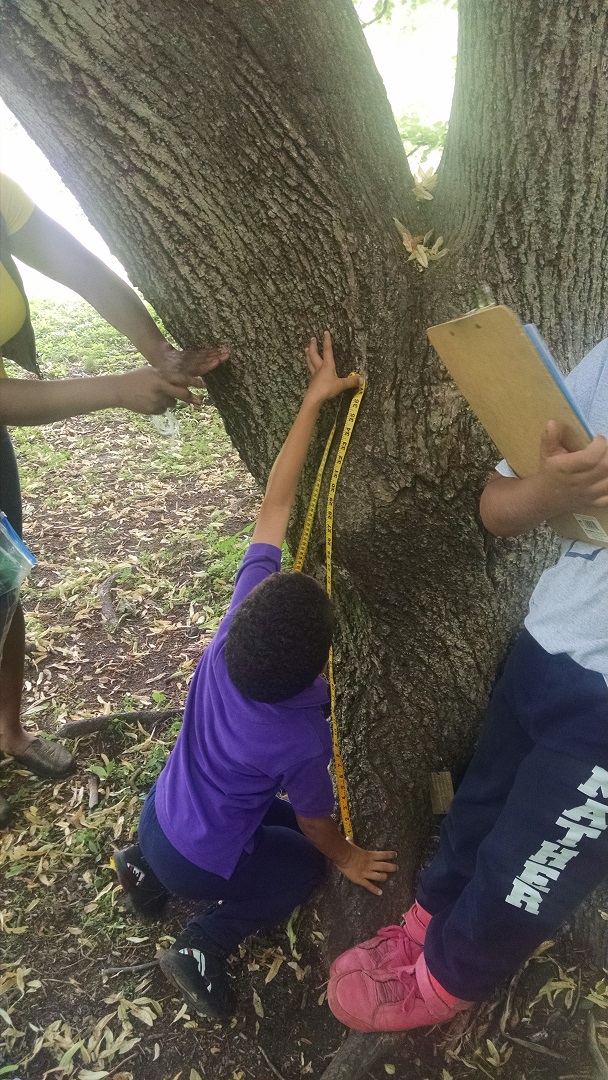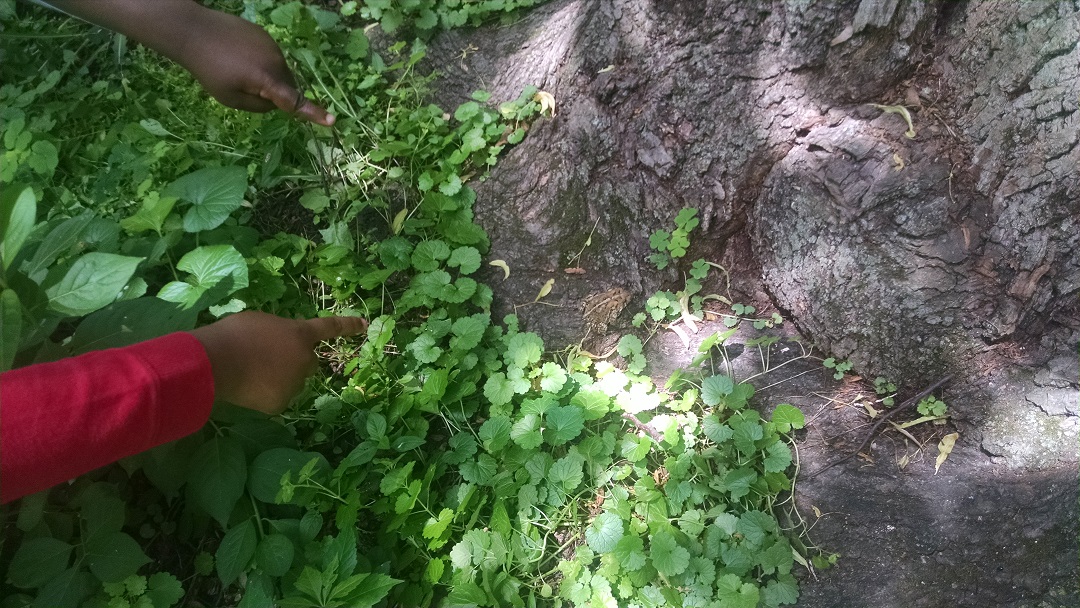From Garden to Glade: CitySprouts Goes on a Field Trip
CitySprouts garden coordinators support teachers in the garden, the classroom, and beyond. Our primary goal is to collaborate with educators as we integrate hands-on learning into the traditional curriculum. Sometimes, this collaboration leads garden coordinators to exciting places, away from the school, where students also learn. This was my lucky experience last Friday when I accompanied a?second-grade?class from the Mather School on a field trip to the Arnold Arboretum.

Sarah Dominick?s second graders?have been enthusiastic garden learners all year. They?ve helped to plant the corn in our Three Sisters Garden, measured the growth of our vegetables and fruit, and harvested at the end of each season for a salad party. Ms. Dominick is an excellent example of a collaborative?teacher who uses these garden experiences as springboards, from which writing, science, reading, and math activities can build.
 The students? exposure to nature has not been limited to the garden. Ms. Dominick organized seasonal visits to the Arnold Arboretum in Boston, where students observed and documented their own tree throughout the year. On their final trip, I accompanied a small group of students as they observed their Bigleaf Linden (Tilia platyphyllos) tree. They gathered a leaf and placed it in their journals for later observation. One student, after finding the tree?s date of arrival at the Arboretum, calculated how old the tree was (around 70 years old). Students measured the tree?s circumference and recorded how many people it would take to hug the tree (seven).
The students? exposure to nature has not been limited to the garden. Ms. Dominick organized seasonal visits to the Arnold Arboretum in Boston, where students observed and documented their own tree throughout the year. On their final trip, I accompanied a small group of students as they observed their Bigleaf Linden (Tilia platyphyllos) tree. They gathered a leaf and placed it in their journals for later observation. One student, after finding the tree?s date of arrival at the Arboretum, calculated how old the tree was (around 70 years old). Students measured the tree?s circumference and recorded how many people it would take to hug the tree (seven).
After recording all the necessary information and exhausting their ability to focus, the students began to explore the ecosystem surrounding their tree. Thanks to our garden work, we were able to identify wild strawberries and lemon sorrel, a wild plant that tastes exactly as its name would suggest. Students asked why trees lose their leaves, why flowers only grow on one side of the tree, why the inside of the tree was moist. We walked through each of these questions in a discussion, testing ideas and arriving at what we thought was the most appropriate answer.
Perhaps the most exciting moment was when we stumbled upon a few toads that lived right below our tree. The students were full of questions and interest in the small creatures as I picked them up to give the students a better look. The students are familiar with invertebrates and birds often found in our garden, but toads are a rarity. We compared the different ecosystems found in the Arboretum and at the Mather gardens. Finally, it was time for snack and discussion. I said my final goodbye to the students before the summer and parted ways. However, I am confident that their experiential learning will not be forgotten. Even if they temporarily forget, they will quickly remember when they see how big their corn has grown or when the first leaves change and fall in autumn.


